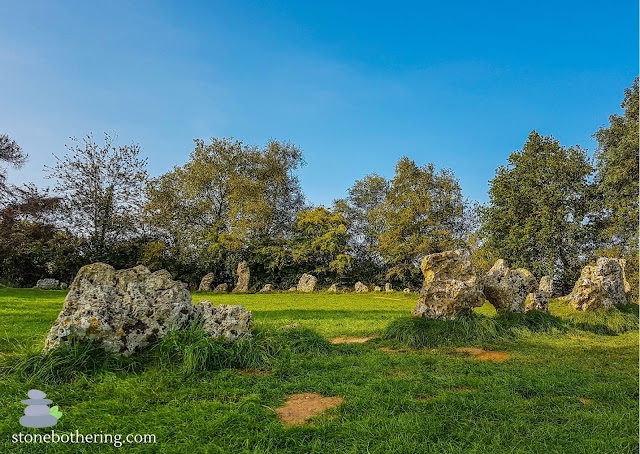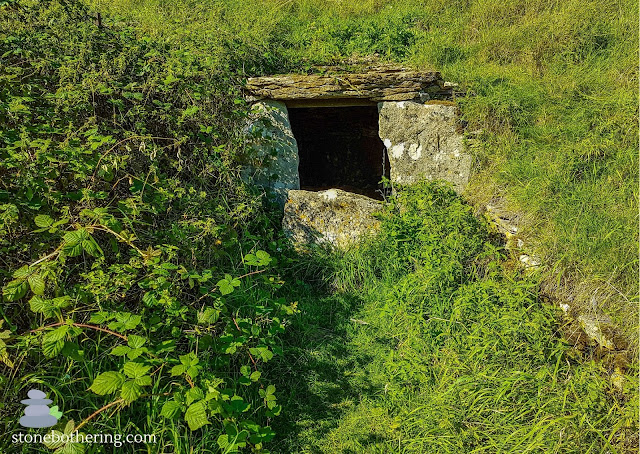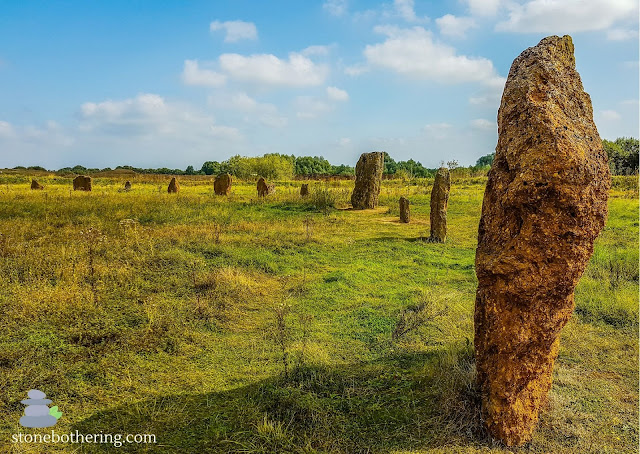Oxfordshire, with its rolling hills and rich tapestry of history, is not just home to the prestigious university but also to a wealth of ancient sites that whisper stories from millennia past. From enigmatic stone circles to burial mounds, these sites offer a glimpse into the lives and beliefs of our ancestors. Join me as we explore some of the most intriguing ancient landmarks in this picturesque county.
ROLLRIGHT STONES
One of Oxfordshire's most famous ancient sites, the Rollright Stones are a collection of megalithic monuments located near the village of Long Compton. This site consists of three distinct groups: the King's Men stone circle, the Whispering Knights burial chamber, and the King Stone. The King's Men, a circle of 77 standing stones, is believed to date back to the Neolithic period. Legends abound regarding the stones; local folklore suggests that they are the petrified remains of a king and his men turned to stone by a witch. The atmosphere here is mystical, especially at dawn or dusk, making it a popular spot for both history buffs and those seeking a quiet moment of reflection.
WAYLAND'S SMITHY
Not far from the Rollright Stones, Wayland's Smithy is a Neolithic long barrow situated on the Ridgeway, an ancient trackway that has been used for thousands of years. This burial site, named after Wayland, the mythical blacksmith, is a fascinating example of early mortuary practices. The long barrow is made up of large stones and earth, creating a burial chamber that was once adorned with intricate carvings. Visitors often report a sense of tranquility here, likely due to the serene landscape that surrounds it. The connection to Wayland adds an enchanting layer to the experience, as the site evokes images of ancient rituals and myth.
DEVIL'S QUOITS
Located near the village of Stanton Harcourt, the Devil's Quoits is another remarkable stone circle, albeit less well-known than the Rollright Stones. This site consists of a series of earthworks and standing stones, with a circular arrangement that hints at its ceremonial significance. The name itself is steeped in folklore, suggesting a connection to devilish games. Archaeological studies suggest that the site was used for rituals, possibly involving the changing seasons or celestial events. Surrounded by lush fields and the gentle sounds of nature, the Devil's Quoits invites exploration and contemplation.
HOAR STONE
Dating back to the Bronze Age, the Hoar Stone near Enstone, captures the imagination with its imposing presence. Its name, derived from the Old English word for "hoary" or "grey," reflects the weathered surface that has withstood the test of time. Unlike more elaborate burial mounds, the Hoar Stone’s simplicity belies its importance as a ceremonial site. As a portal dolmen, it is thought to have been used in rituals aimed at connecting the living with their ancestors and the divine. Many ancient cultures believed that such stones acted as thresholds to otherworldly realms, facilitating communication with spirits and the deities of nature. Visitors to the Hoar Stone often report a unique energy in the area, suggesting a lingering presence of the sacred.
HAWK STONE
The Hawk Stone is a captivating ancient landmark steeped in folklore and mystery. Often associated with witches and the mystical practices of the past, this stone is said to have been a gathering place for rituals and gatherings linked to the supernatural. Historically, stones like the Hawk Stone were believed to hold protective powers, serving as guardians for those who approached them with respect. The association with witches adds a layer of intrigue, hinting at the site’s role in ancient practices that blended nature, spirituality, and a profound understanding of the world around them. Visitors often report a sense of otherworldliness when standing before the Hawk Stone, as if the air is charged with ancient energy. It invites exploration and reflection, encouraging us to consider the rituals and beliefs of those who once revered this stone.





.jpg)

